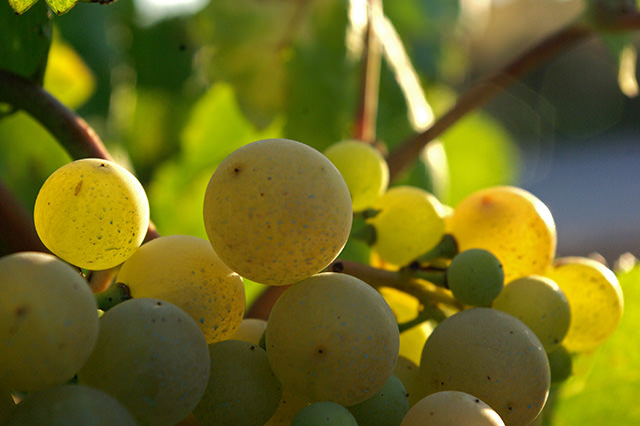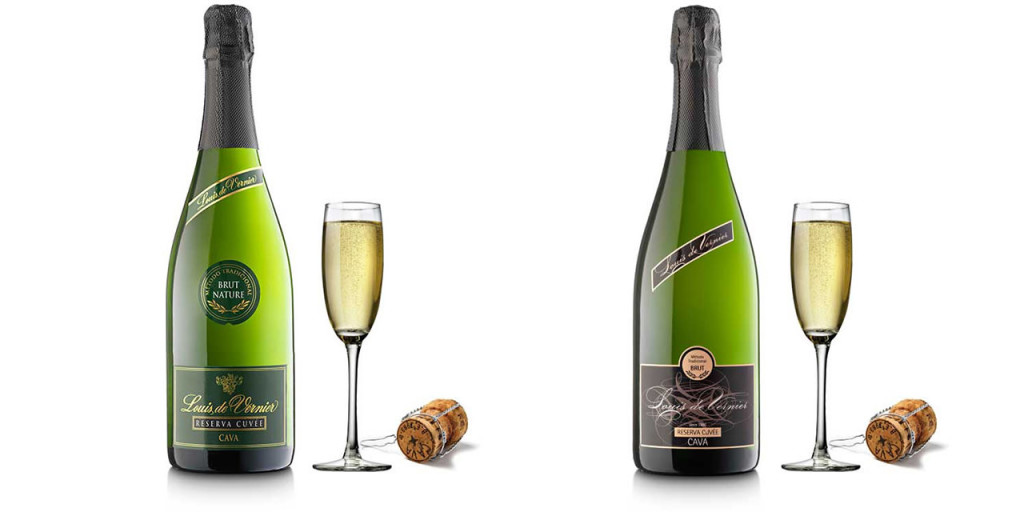The rise of Cava
For a long time Champagne was the only “good” sparkling wine that most people around the world drank. Don’t get me wrong, there were and there are great sparkling wines from Italy, Germany, Spain, USA, Chile, South Africa and other countries. But the Champagne brand is difficult to beat and it is with no doubt one of most famous, if not the most famous type of wine.
Those days are long gone
Today there’s a good chance you’ll see good Italian Proseccos and Spanish Cavas on wine lists and at your local wine shop.
Prosecco has been constantly growing in the last years, even outselling Champagne worldwide.
But Prosecco has very few things in common with Champagne since it follows a different process called Charmat method, while Champagne is prepared using the Champenoise/Traditional method. Check our Wine Categories to understand the difference between the two.
With more and more wine varieties available more consumers want to try something new. That’s where Cava comes in.
Cava wine is the Spanish counterpart of Champagne. It is produced following the same method, meaning that the wine is subject to a second fermentation inside the bottle. That allows to create more complex aromas in the final product.
Cava is produced mainly using three native Spanish grapes: Macabeo, Parellada, Xarel-lo. Sometimes other grapes are added to create a different bouquet.

Depending on the residual sugar Cava wine can be Brut Nature, Extra Brut, Brut, Extra-Seco (Seco means dry), Seco, Semi-seco, and Dolce (Sweet).
To be called Cava, a Spanish sparkling wine needs to be produced in certain specific regions, and about 90% of Cava wine is produced in Catalonia, which most of us will know for its capital, Barcelona.
The production and demand of Cava has been steadily growing in the last years, and with it the quality of the wine.
Cava producers have perfected their winemaking techniques and today many Cava wines have nothing to envy to their French cousins.
A great producer of Cava is without any doubt Louis de Vernier, a brand of the well-known Masach winery.
Loyal to its Mediterranean roots and its terroir, this producer from Catalonia has been able be appreciated in many countries around the world. Louis de Vernier combines traditional winemaking and modern technologies to produce high quality wines, proving that its approach can improve even the quality of Cava. Today Louis de Vernier has built a reputation that comes with its brand, mastering the art of producing some of Spain’s best Cavas.
All Louis de Vernier Cavas are produced using 33% of Macabeo, 33% of Xarel-lo, and 33% of Parellada grapes, to stay in touch with the origins of Cava wine.
In Thailand, you can order the Louis de Vernier Brut and Brut Nature Cavas contacting U&V Intertrade, the official distributor of Louis de Vernier wines.

Go out of your wine comfort zone and try something new you will probably fall in love with. Cheers!
[Sponsored by U&V Intertrade Co. Ltd]
[Article by Federico Brandi]



 0
0